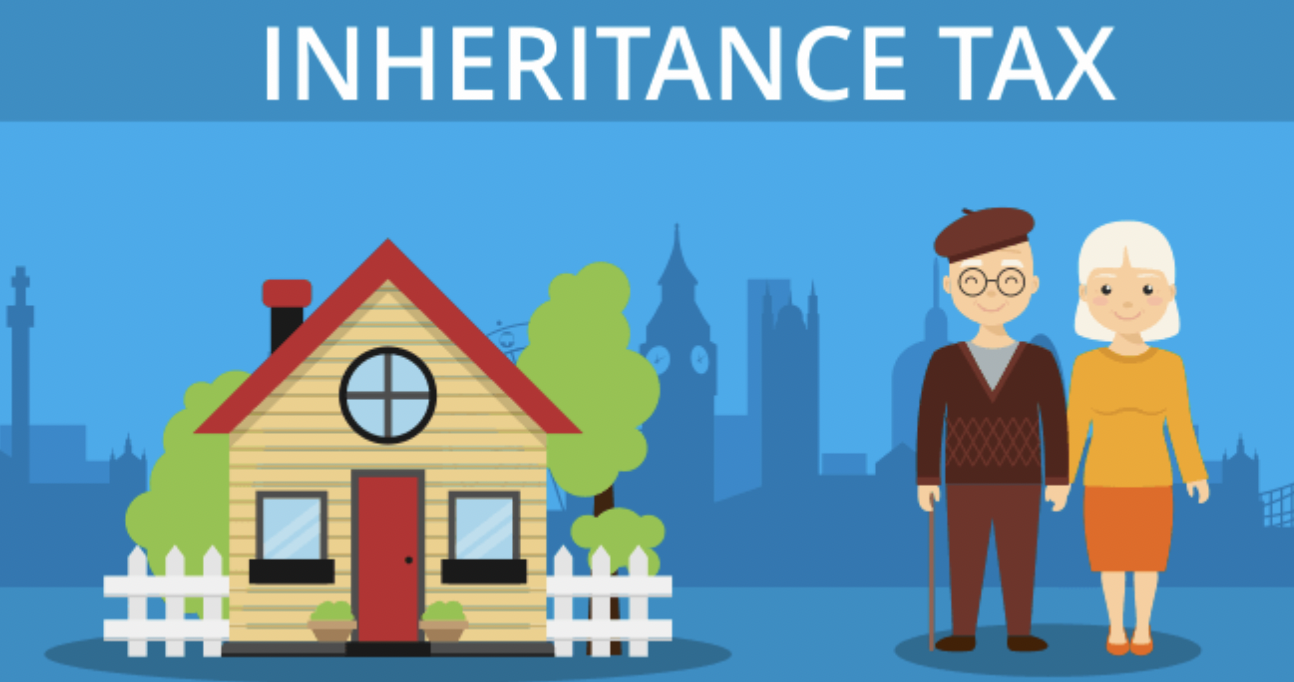Inheritance tax is a tax that is levied on the estate of a deceased person, including any property that is owned by the deceased. If you are considering transferring a property to your children in order to reduce the amount of inheritance tax that may be due, it is important to carefully consider the benefits and disadvantages of this approach, as well as the process involved.
One of the main benefits of transferring a property to your children before you die is that it can help to reduce the amount of inheritance tax that may be due on your estate. Inheritance tax is currently levied at a rate of 40% on the value of the estate above the threshold of £325,000. By transferring the property to your children while you are still alive, you can reduce the value of your estate and potentially reduce the amount of inheritance tax that may be due.
Another benefit of transferring a property to your children is that it can help to ensure that the property stays in the family. This can be especially important if you have a particular attachment to the property or if you want to ensure that it is passed down to future generations.
However, there are also a number of disadvantages to transferring a property to your children before you die. One disadvantage is that you will no longer have control over the property. Once the property is transferred, your children will be the legal owners and will have the right to do with the property as they see fit. This can be a concern if you are worried about your children’s ability to manage the property or if you want to maintain some level of control over how the property is used.
Another disadvantage is that transferring a property to your children may have tax implications for them. If they sell the property after you die, they may be subject to capital gains tax on the profit that they make from the sale. They may also be subject to inheritance tax if they inherit the property from you after your death.
The process of transferring a property to your children will depend on whether the property is owned jointly or solely by you
If the property is owned jointly, you will need to transfer your share of the property to your children. This can be done through a process called a “deed of gift”. A deed of gift is a legal document that outlines the transfer of ownership of the property and should be signed by both the transferor (you) and the transferee (your children). The deed of gift should be registered with the Land Registry in order to make the transfer official.
If the property is owned solely by you, you will need to transfer the property to your children through a process called a “transfer of ownership”. This process involves transferring the ownership of the property from you to your children in exchange for payment or some other consideration. The transfer of ownership should be recorded in a transfer of ownership agreement, which should be signed by both parties and registered with the Land Registry.
In addition to the deed of gift or transfer of ownership agreement, you may also need to pay stamp duty land tax (SDLT) on the transfer of the property. The amount of SDLT that is due will depend on the value of the property and the rate that applies to the transaction.
Overall, transferring a property to your children can offer a number of benefits, including the potential to reduce inheritance tax and ensure that the property stays in the family. However, it is important to carefully consider the disadvantages and the potential tax implications for your children before making a decision. It may be advisable to seek the advice of a financial professional before proceeding with the transfer.
